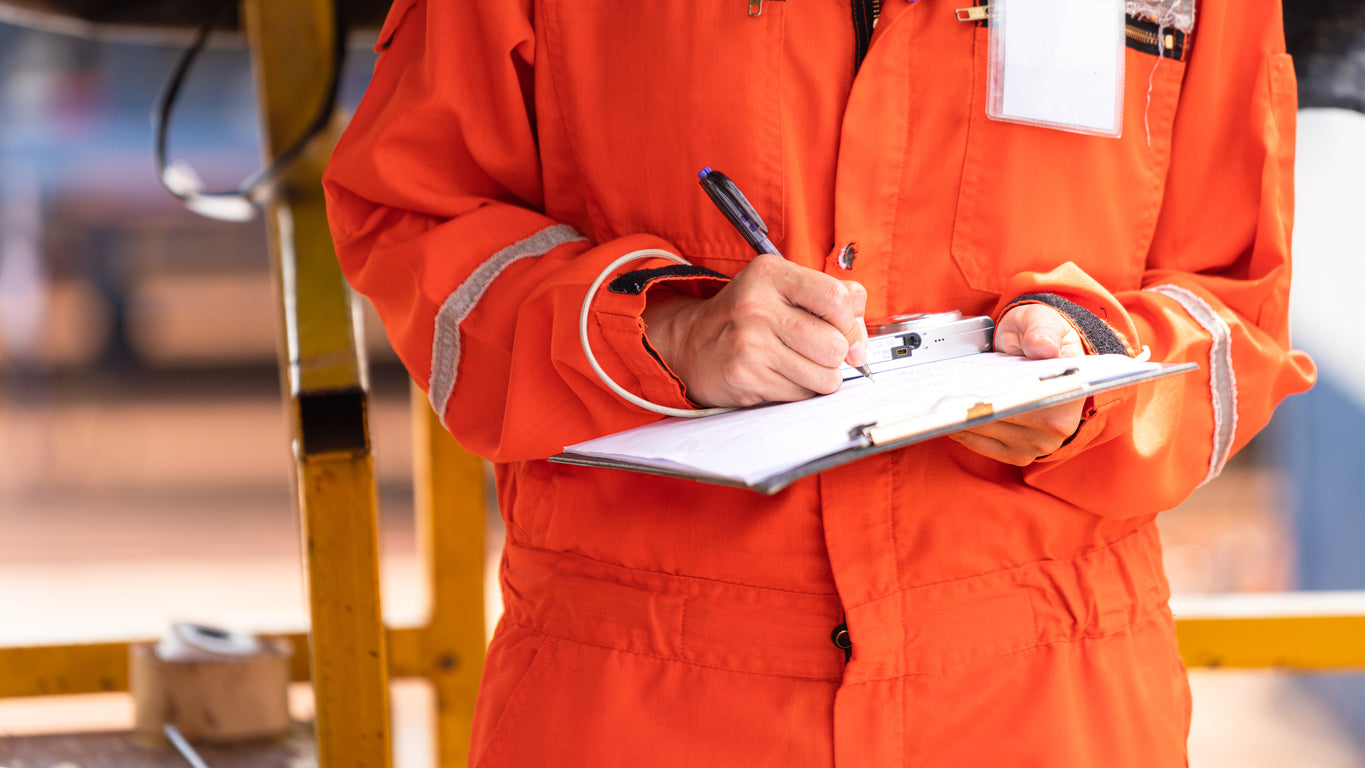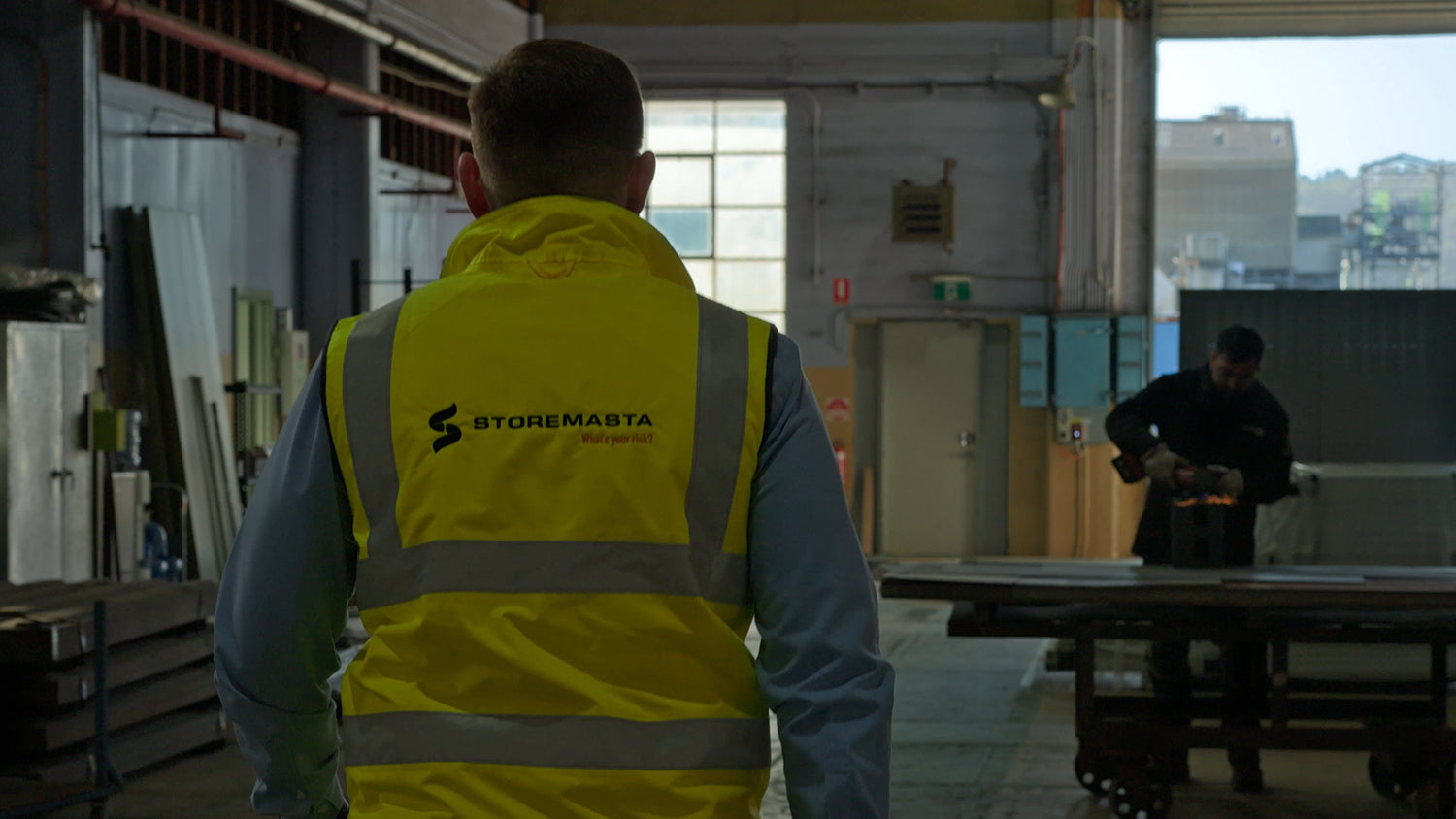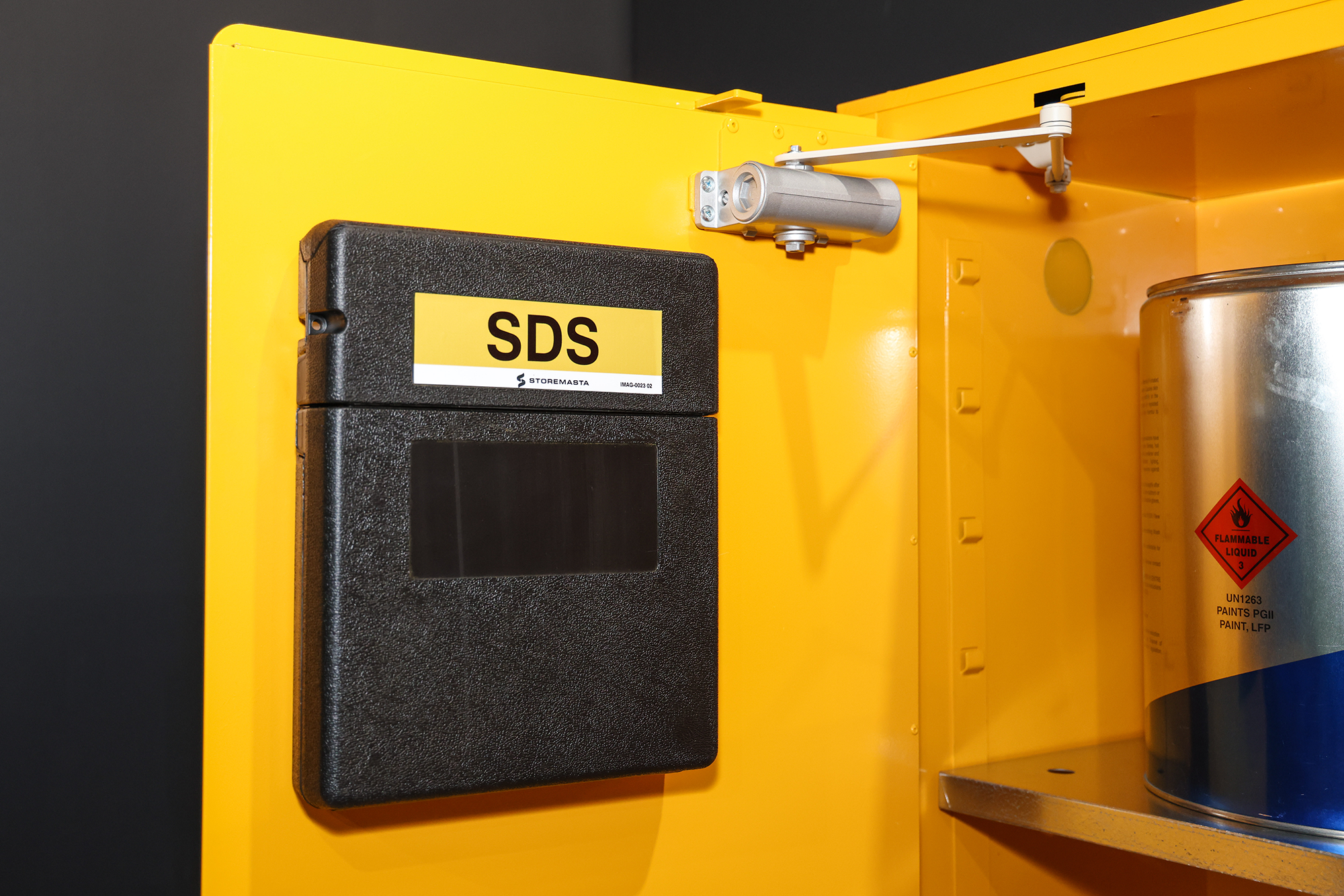
Simplifying operational safety
When tackling the complex mission of dangerous goods risk management, the development of administrative controls is the fourth tier of the Hierarchy of Controls.
Operational Policy & Procedure Development is a crucial consideration when managing administrative controls for your business.
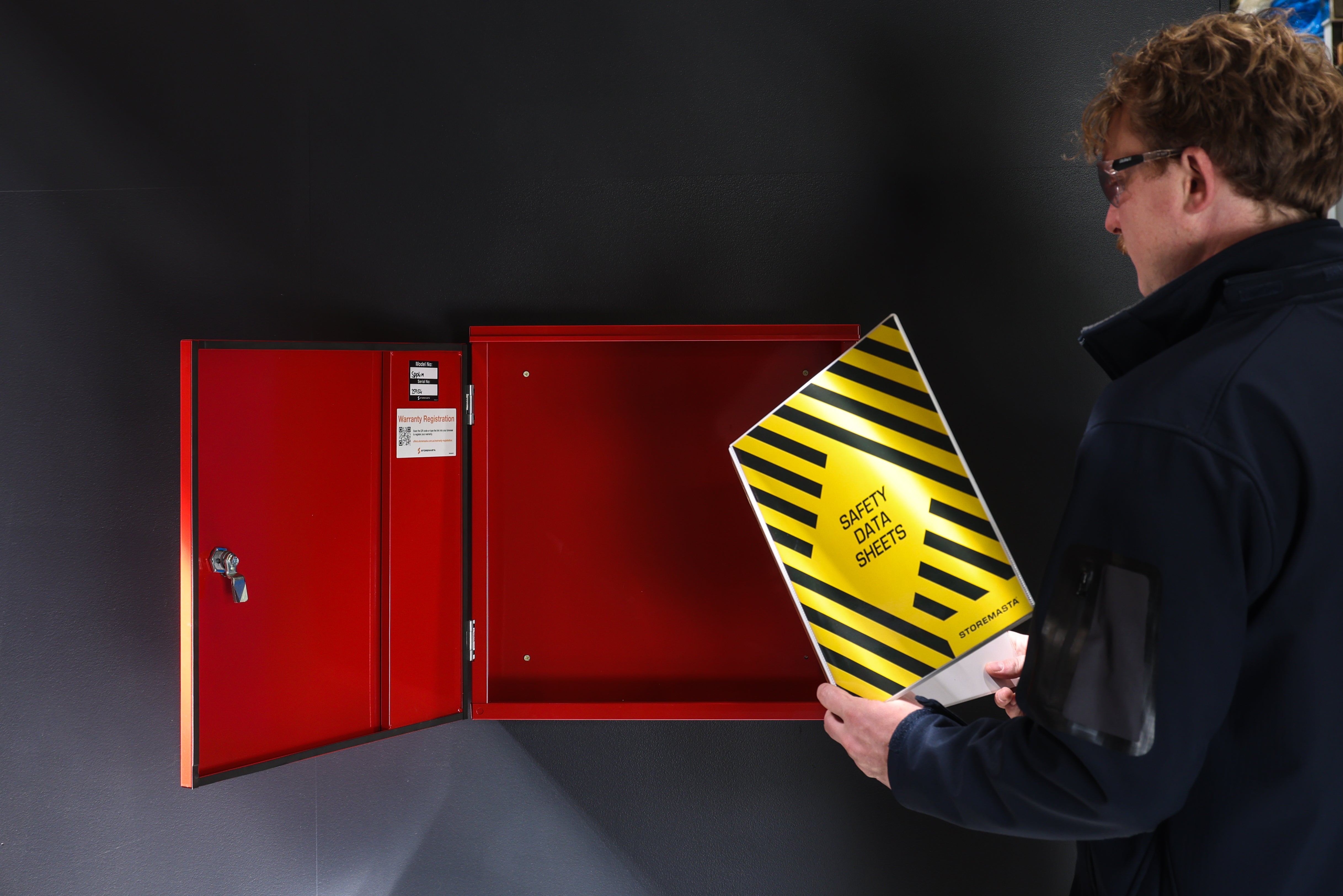
More than just paperwork
Operational policies and procedures for dangerous goods management can encompass a broad range of documents from a chemical equipment inspection to a site safety induction procedure.
To provide a cohesive and systematic approach to DG risk management, a solid understanding of the risks within your operations, as well as policies and procedures to reduce these, is required.
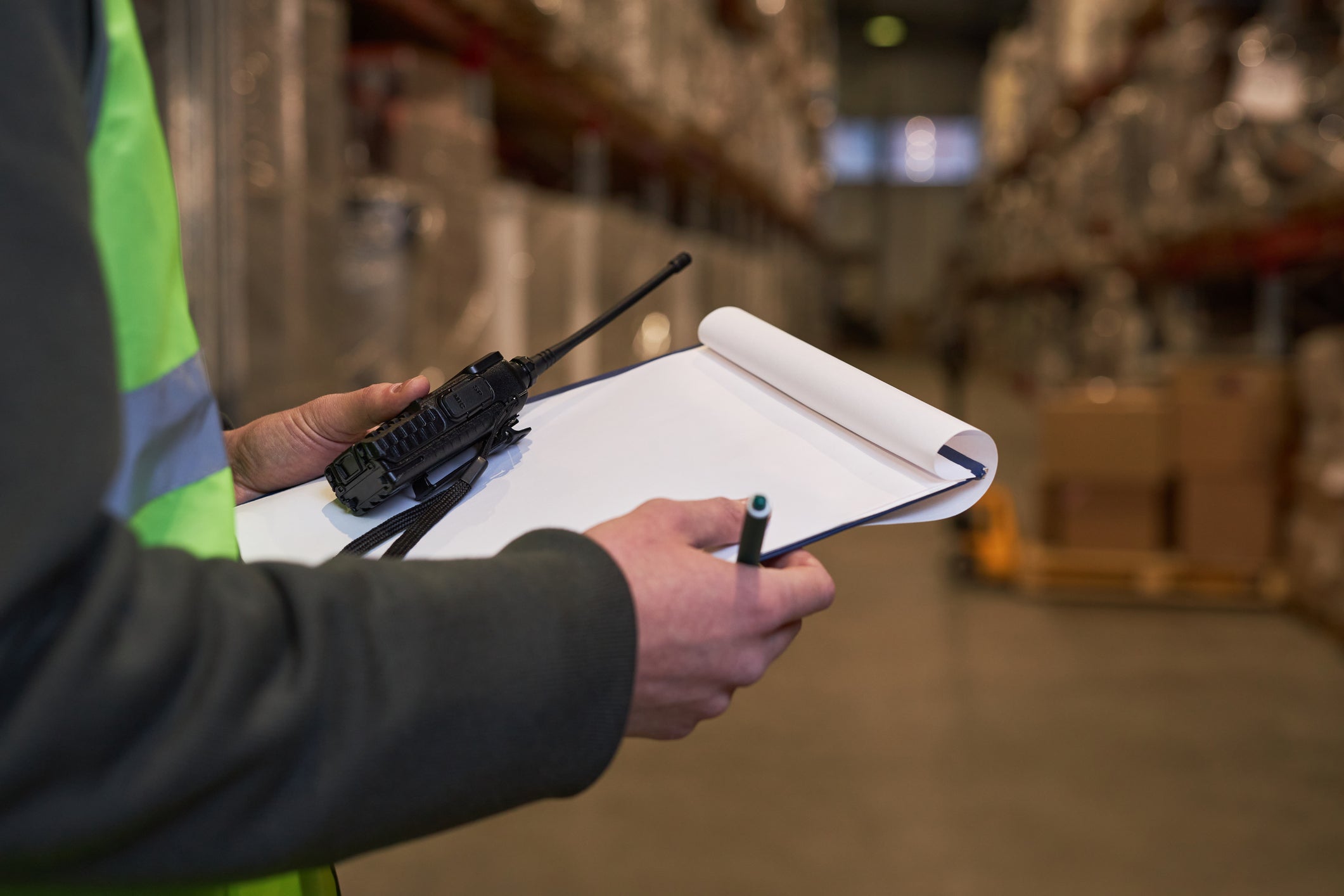
Safe operating procedures
The development of safe operating procedures (SOP) for workplaces with dangerous goods is a key administrative control that can assist with improve health and safety onsite.
To meet WHS obligations by creating a safe workplace environment, these SOP documents can include a vast range of information including operating procedures for work tasks, the handling and storage of dangerous goods and hazardous chemicals, as well as the management of plant, equipment and technologies.
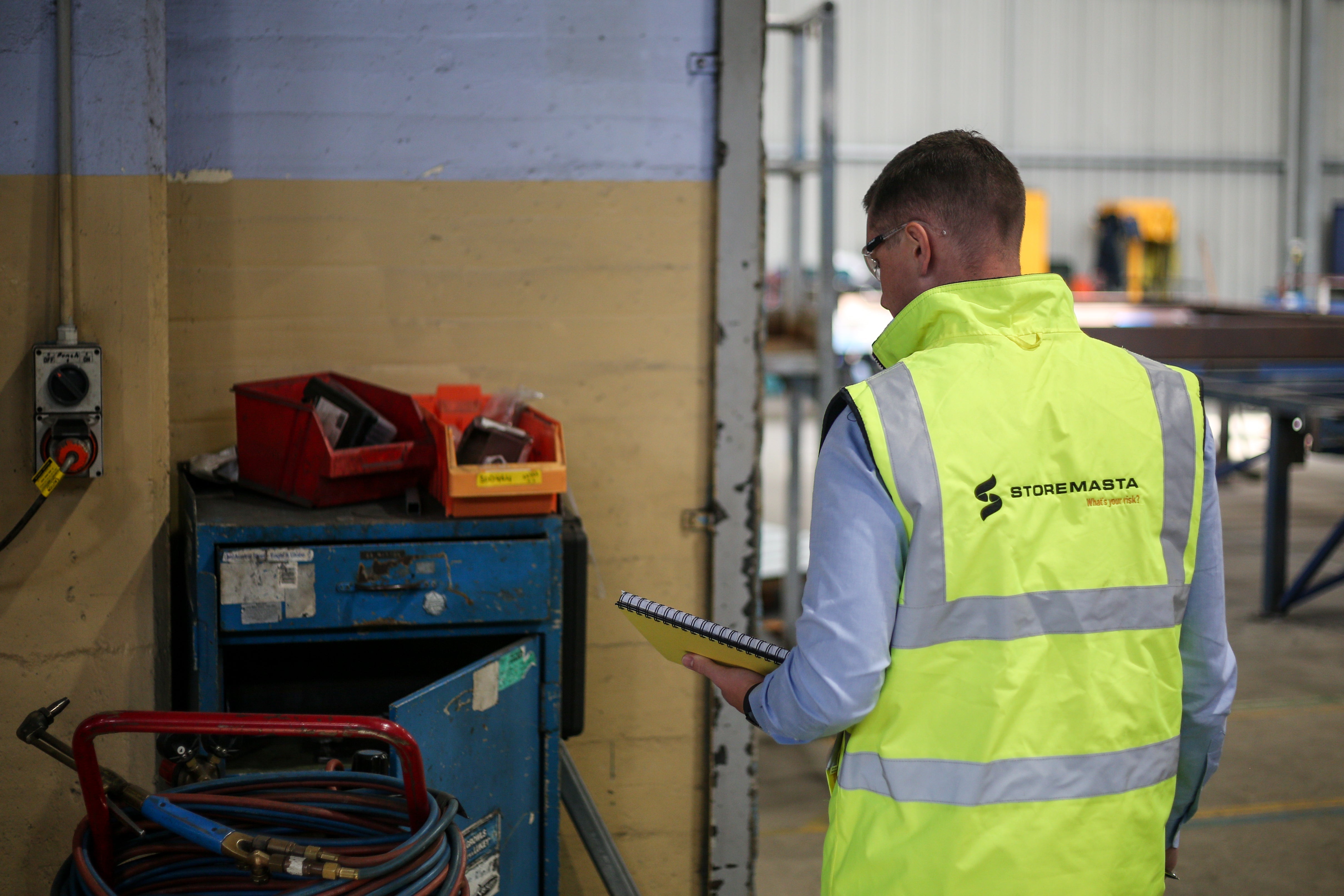
Delivered by accredited DG consultants
Storemasta connects with our ecosystem of accredited and experienced Dangerous Goods Consultants to delivering world-class policy and procedure development to reduce your DG risks.
By providing the right work health and safety policy and procedure, we can help create a strong foundation for your business that supports a risk management strategy — from the ground up.
STAGE 2 OF YOUR RISK MANAGEMENT STRATEGY
Operational policy & procedure development
Solutions for every step of the methodology
Identify
hazardous chemicals and dangerous goods, their location, and their physical and health hazards
Assess
the severity of risk that each product poses to your people, property and environment
Control
risk through the selection and implementation of controls prioritised according to their risk score
Sustain
compliance and reduce risks through ongoing reviews and the maintenance of chemical controls
FAQs
What kinds of policies or procedures are needed for dangerous goods risk management?
To develop a safe and compliant work environment, it’s important to have the right policies and procedures for dangerous goods management in place. This could include inspection checklist, maintenance procedures, standard operating procedures for chemical controls, training systems, emergency plans and more.
Why are administrative controls necessary?
As the 4th tier of the Hierarchy of Control, administrative controls are policies and procedures that change the way people work. The Hierarchy of Control must be followed so that all steps, including administrative controls, are implemented to ensure safety.


